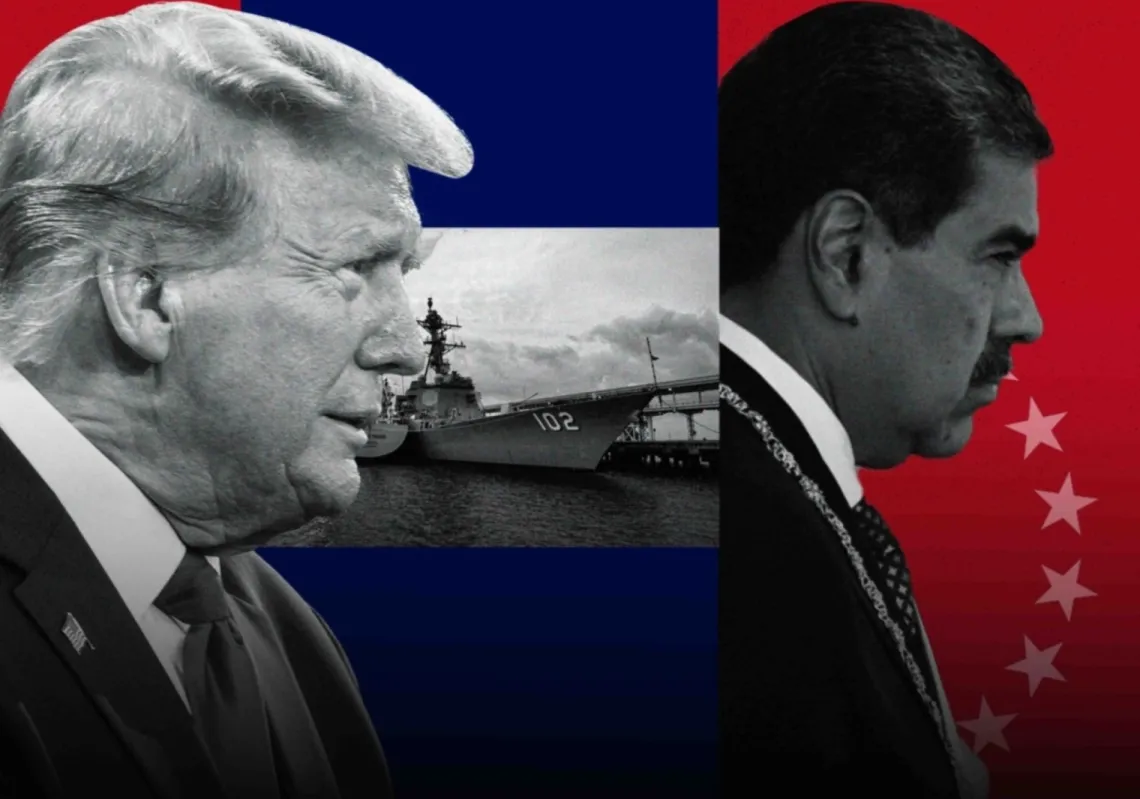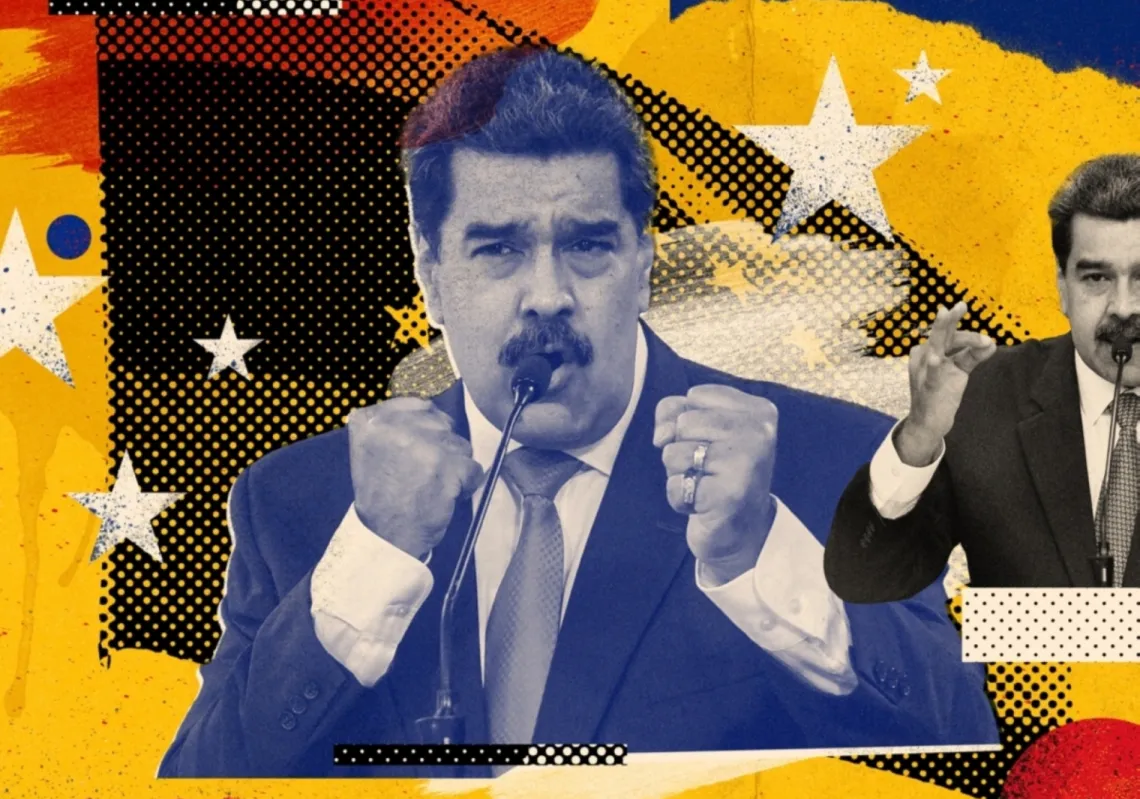 (FILES) Photo taken 01 February 1979 at Tehran airport of revolutionary leader Ayatollah Ruhollah Khomeini (C) leaving the Air France Boeing 747 jumbo that flew him back from exile in France to Tehran. (GABRIEL DUVAL/AFP/Getty Images)[/caption]
(FILES) Photo taken 01 February 1979 at Tehran airport of revolutionary leader Ayatollah Ruhollah Khomeini (C) leaving the Air France Boeing 747 jumbo that flew him back from exile in France to Tehran. (GABRIEL DUVAL/AFP/Getty Images)[/caption]
On the afternoon of February 1, 1979—35 years ago today—an Air France Boeing 747 from Paris landed on the runway of Tehran’s Mehrabad airport. Inside was Ayatollah Ruholla Khomeini, a 76-year-old Iranian cleric who, after almost 15 years in exile, had come back to lead a revolution.
The 1979 Islamic Revolution destroyed centuries of monarchical tradition and remade Iran into an Islamic Republic in a matter of months, the effects of which—both domestically and internationally—remain with us today. Khomeini introduced the world to Islamic theocracy. His scowling, bearded face became the symbol in Western eyes for a perceived irrational fundamentalism that eventually grew to replace the USSR as the Great Enemy of Civilization.
Khomeini introduced Iran (and the world) to the concept of the Velyat-e Faqih—the rule of the jurist. Loosely speaking, the idea held that God’s law (Shari’a) should govern society. It thus followed that those in power should be those best equipped to interpret that law, namely the Islamic jurists. At their head would stand a Supreme Leader, a faqih that “surpasses all others in knowledge.” Someone rather like Khomeini, in fact.
But religious authority does not imply, and in fact often precludes, political savvy, a quality that Khomeini demonstrably lacked during the early, critical, months of the Islamic Republic. Two disastrous decisions, almost entirely his alone, shaped both the state’s character and its evolution.
First was Khomeini’s decision to give tacit consent to the storming of the US Embassy in Tehran by a militant group called The Muslim Student Followers of the Imam’s Line. The group subsequently held 52 Americans hostage for 444 days. By attacking diplomats (even if none were actually hurt) Iran broke the ultimate diplomatic taboo and, unsurprisingly, the US was outraged. President Jimmy Carter broke off relations with Iran (which had been one of Washington’s most important regional allies), made moves to isolate it internationally and froze Iranian assets in the US.
Now an international pariah, Iran was acutely vulnerable. Its transformation from reliable Western ally to rogue state, home to the “Mad Mullahs” and considered to be irrational and dangerous at its highest level, arose directly from its actions during the Hostage Crisis, which effectively severed the new regime’s chances of maintaining relations with the West, for which it suffered greatly over the next three decades.
But Khomeini didn’t stop there. His publicly stated desire to export Iran’s Shia revolution terrified its Arab neighbours who perennially suspected their own Shia minorities of being a possible fifth column. Khomeini was, in effect, calling for Shia minorities across the Middle East to rise up against their Sunni rulers, most of whom were already paranoid. Politically isolated in the West following the Hostage Crisis, Iran now alienated the vast majority of the Middle East, giving Iraq’s Saddam Hussein his chance to fulfil his longstanding desire to invade Iran, which he did on September 22, 1980. Saddam believed—erroneously—that because the Iranians were in the midst of revolutionary chaos they would be easily defeated.
Critically, the UN Security Council refused to condemn Iraq’s actions because Iran was still in disgrace following the Hostage Crisis. For the next eight years of fighting Iran faced yet more isolation as Washington and the other Arab states (with the exception of Syria and Libya) supported Iraq, and the US arguably entered the war on Iraq’s side when it allowed Kuwaiti tankers carrying Iraqi oil to fly the US flag after being targeted by Iran.
The Iran-Iraq War is quite possibly the most important founding myth of the Islamic Republic. If Islam is its ideological basis, then the war is its guiding political principle. A long history of foreign powers meddling in Iran, which reached its zenith in the Iranian mind with the 1953 coup that overthrew prime minister Mohammad Mossadeq, has given Iran a persecution complex. This war merely confirmed this narrative, convincing Iran that the world was against it (despite the fact its actions were largely self-inflicted) and that in order to survive, the only remedy was self-reliance and strength. These impulses have driven the Iranian state for more than 30 years and are at the heart of its nuclear program today.
Only by understanding the Islamic Republic’s feeling of isolation and its persecution complex can efforts to achieve détente succeed. Iran wants and needs more allies and it wants more involvement in regional affairs, which is why the Iranians felt genuinely snubbed after the recent decision to disinvite them from the Geneva talks on Syria. Equally, only be assuaging its security concerns (Iran still remembers the frequent talk of regime change under the previous US administration) can there be any real hope of resolving the nuclear crisis. Iran believes that history’s lesson is that it must be strong to survive. The world must show it that things have changed.
All views expressed in this blog post are those of the author and do not necessarily represent the views of, and should not be attributed to, The Majalla magazine.









